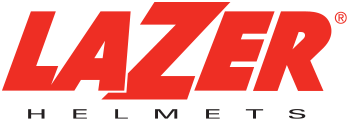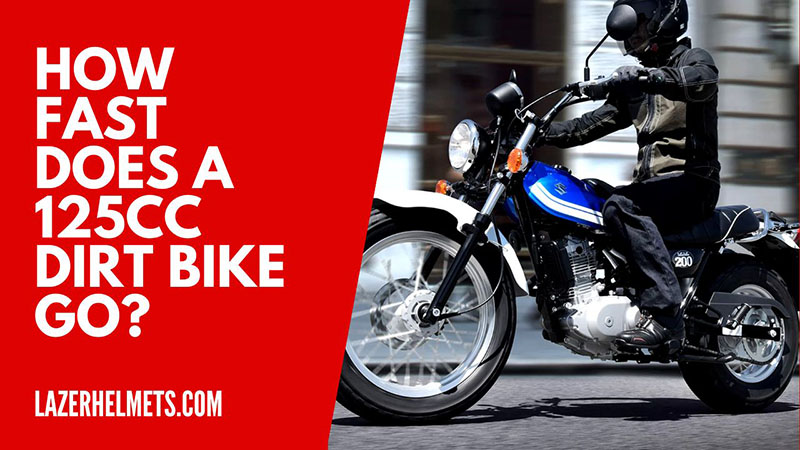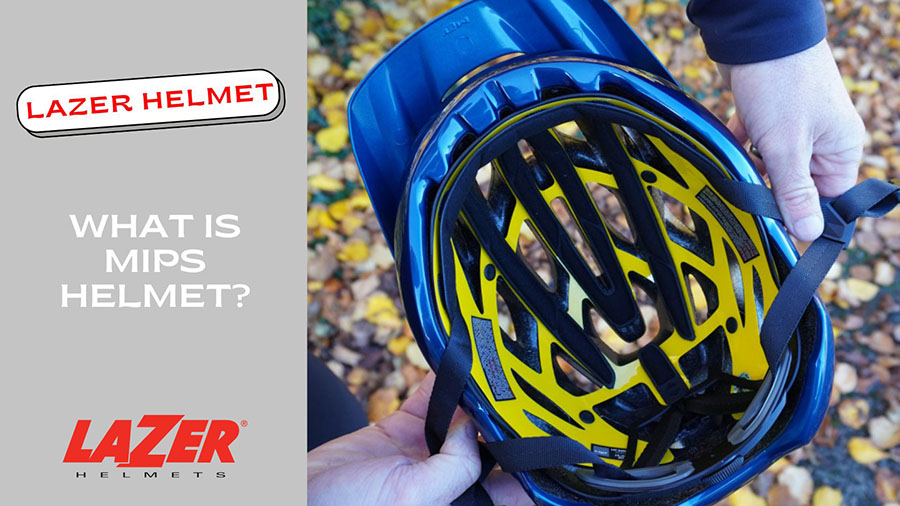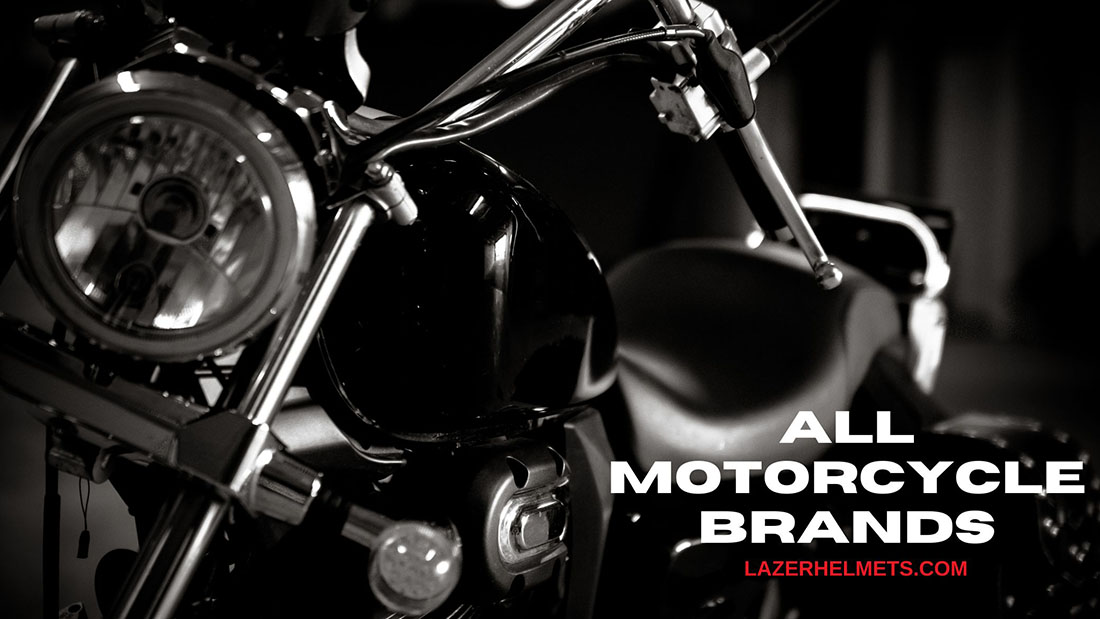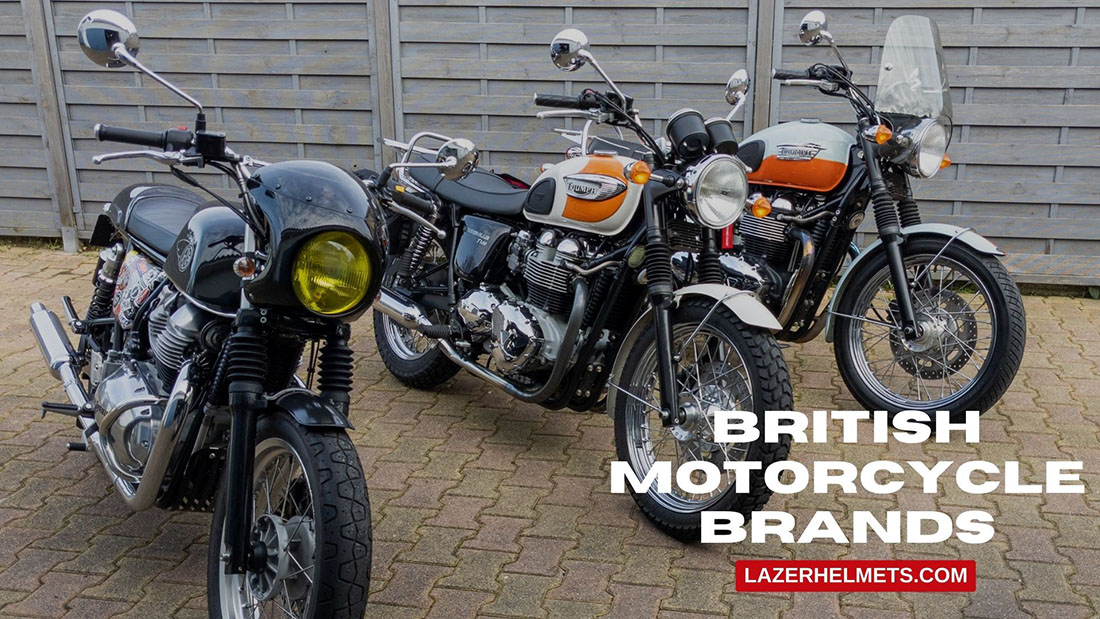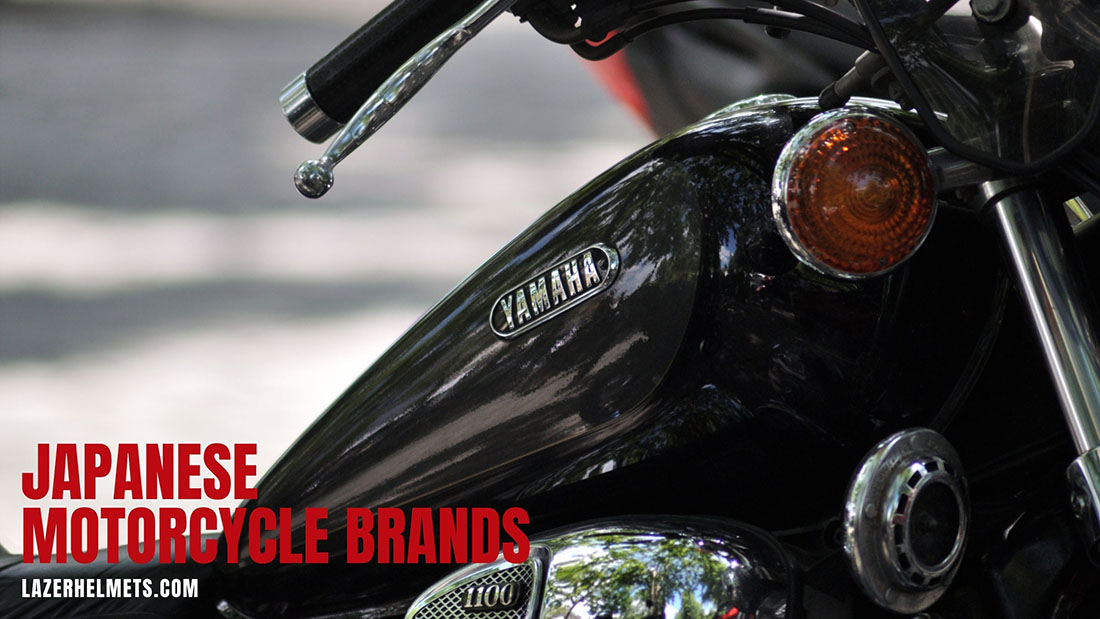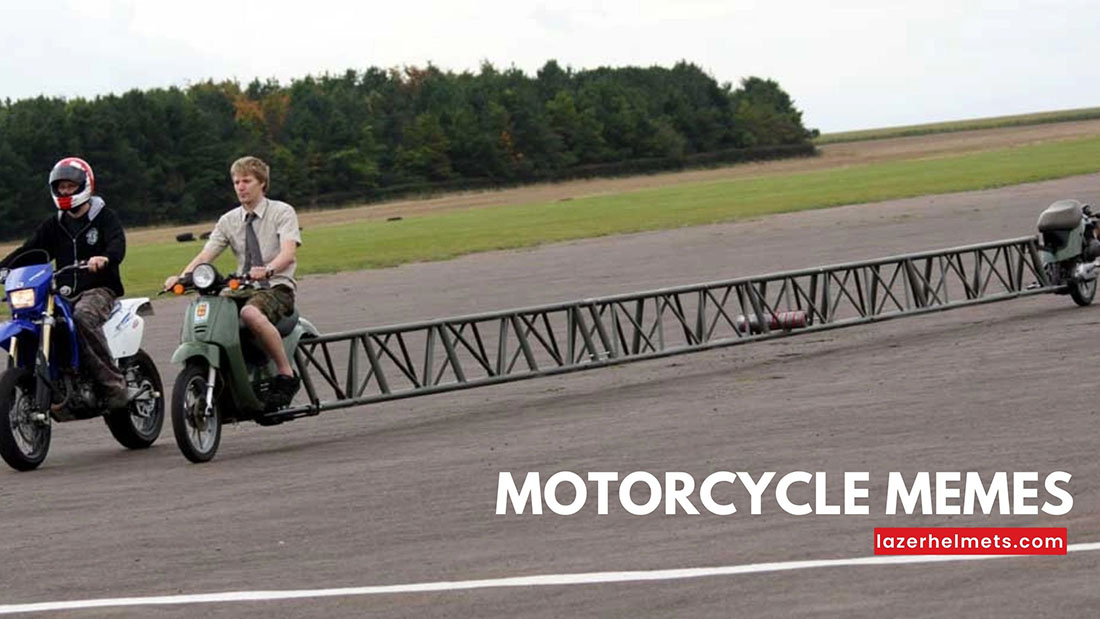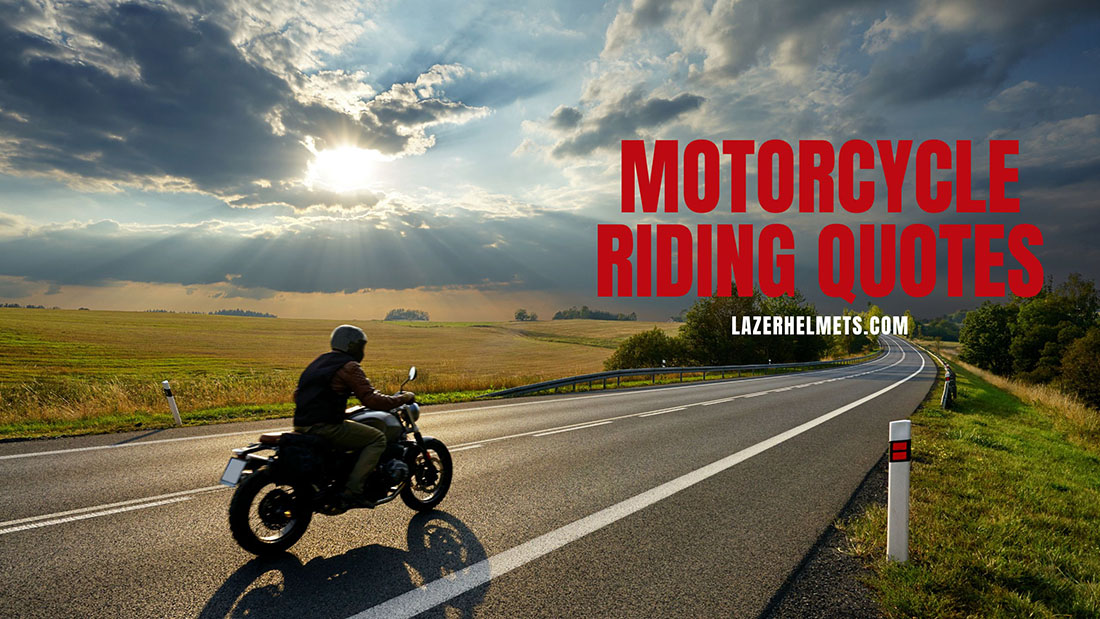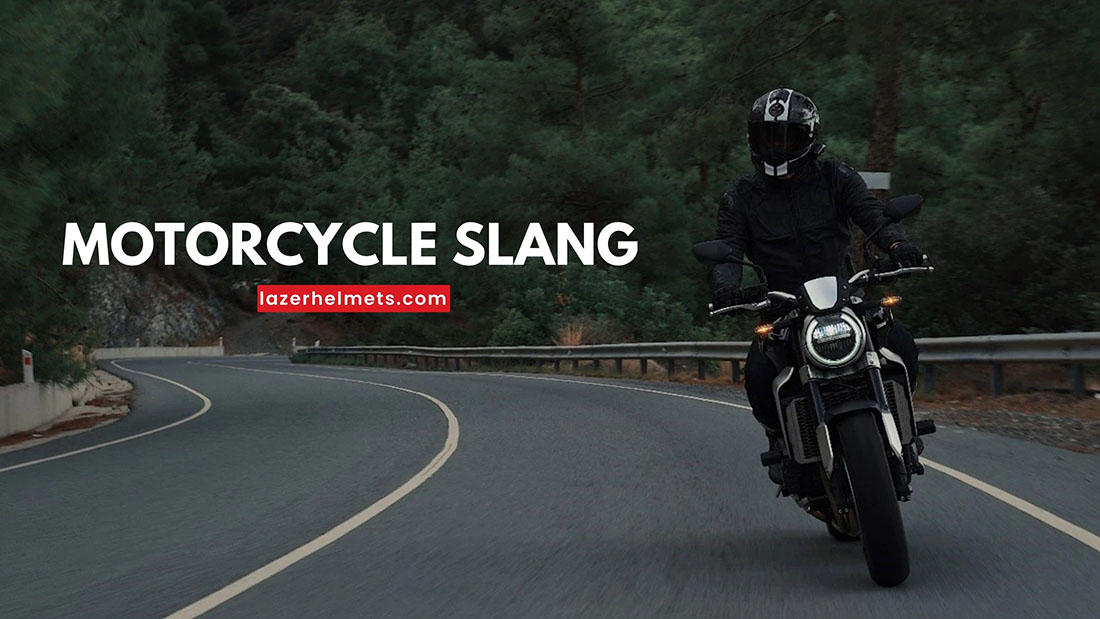Riding on rough terrains has become a new pastime among youngsters and experienced riders who wish to improve their stamina and leg strength.
Hence, standard bicycles with lackluster pedaling power and uneven tire treads are unsuitable for such circumstances. Rumors have it that 125cc dirt bikes are the best contenders!
Nevertheless, many myths still surround these bikes, especially regarding their speed. How fast is a 125cc dirt bike? Are there tricks to boost these numbers even more? Can both children and adults ride 125cc?
This article will address all these inquiries, lending relevant tips for your optimal riding experience.
Table of Contents
What Is The 125cc Dirt Bike Speed? (Max & Average)
The highest speed for 125cc dirt bikes ever recorded is 100 MPH. Nevertheless, do not expect such a huge number of regular riders; very few have mastered dirt riding skills! As a result, the top speed on most 125cc models fluctuates from 55 to 60 MPH (about 57,5 MPH on average).
In at least three months, frequent and extreme practices can hopefully help riders achieve 100 miles per hour. Other riding techniques and performance tweaks might also boost the velocity – an issue we will return to later.
Things That Affect 125cc Dirt Bike Speed
a. Stroke Types
It’s impossible to purchase a suitable dirt bike for your riding without considering whether its engine is a 2-stroke or 4-stroke. This factor will influence everything on the bike – from response time to overall performance.
What sets these two engine types apart, then?
In 2-stroke engines, combustion and compression comprise their primary mechanism. Their quick speed paves the way for better tracking functions – great news for riders who prioritize speed. After all, getting up to 70 MPH with these bikes is a piece of cake!
One thing to note, though: 2-stroke engines are more popular on old dirt bike models.
Meanwhile, the max speed in four-stroke dirt bikes is slightly lower – about 50 to 60 MPH. This sluggishness gets exacerbated further by the engine load and tractor sizes.
A case in point is the Yamaha bikes, whose differences in engine power output determine how fast they can go. For example, Yamaha 2-stroke YZ125 can reach 70 MPH, while the Yamaha R125LE TT 4-stroke stops at 58 MPH at best.
b. The Engine Type
Motorcycle models arrive in numerous engine sizes – a critical aspect of the bike’s horsepower and maximum speed.
Most traditional dirt bike engines range from 50-140 displacement cubic centimeters. Also, 125cc dirt bikes can reach better RPM (revolution per minute) in gears to catch up with other bike types (ex: bit bikes).
For instance, it can achieve 40-50 miles in lower dirt bike gears, while 60 or even 70 miles is normal for longer stretches.
c. Sprocket Gearing
The base ratio gears can be formulated with larger rear sprockets and smaller drive sprockets at the front – an approach many bike riders today.
To reach a great base ratio, one needs to pair their bikes with numerous gearing combinations that can sustain and deliver consistent performances.
The most popular gearing sprocket configuration is about 14/42. In simpler terms, the bike’s front will incorporate 14-tooth drives, while its back sprockets have 42 teeth.
These gears allow you to reach at least 50 miles in any typical 125cc motorcycle. Alterations or fluctuations from this ratio (ex: 13/42 or 14/44) will, of course, affect the top speed as a result.
d. Other Factors
- Weight. The more lightweight you are, the quicker your powerful bike can travel. Nevertheless, remember that faster speed also requires more power to sustain that performance throughout the rest of the trip.
- Terrain. The type of terrain varies from gravel, packed dirt, and sand to snow and ice. They drastically influence how fast your model of bikes can move.
- Topography. It’s quite easy to guess – even for a child: riding uphill will be a lot more challenging than downhill road conditions due to natural gravity force. So expect your standard dirt bike to slow down significantly while climbing!
- Wheel Size. Like with engines, numerous wheel specifications are available.
Some riders like smaller wheels better, while others opt for larger ones – a great choice, in our opinion, since greater circumferences mean smoother movements and less vibration over rugged terrains.
- Suspension. Your riding frequency, terrain type, and body weights all contribute to the bike’s suspension setup, which includes:
- Rear suspension
- Front suspension
- Saddle
- Seatpost
- Hub
- Stem
By illustration, heavier riders who spend more time on extremely challenging terrains will wish for an aggressive, more sturdy setup. On the other hand, lighter riders probably need something more lowkey and less intensive.
See more: What Does CC Mean in Motorcycles?
Tricks to Increase Your 125cc Average Speed
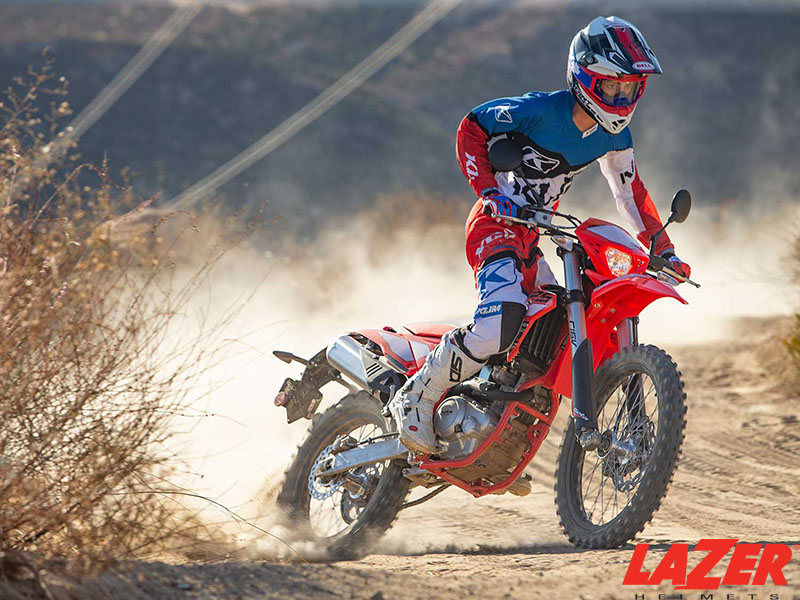
1. Adhere to The Required Maintenance Schedules
Regular maintenance schedules are the most critical step in everything, ensuring your vehicle’s overall lifespan and performance. Hence, never forget to give your dirt bike routine checks – even though it seems like nothing is wrong with it!
Upon your purchase, the first thing to do is to study the rider manual (issued by the dirt bike manufacturer) from the inside out. Also, tune up your motocross bike to determine whether it can operate at maximum potential effectiveness, and call professional help when you detect anything unusual.
2. Upgrade The Air Filter
Foam filter systems with two different stages are strictly required, which helps remove a huge amount of grime and dirt from your carburetor.
Otherwise, letting these specks of dust get inside the carburetor will be the death of your bike, resulting in terribly lackluster speed!
The best way to stop such disasters is to invest in premium filters, preventing potential clog-ups that might interfere with your bike’s throttle application.
These filters provide clean, uncontaminated airflow that strengthens the engine and increases horsepower, supporting riders to traverse with improved speed and comfort.
3. Use High-quality Fuel/Fossil Fuel
Choosing the right fossil fuel, thankfully, is not that challenging. Once you have determined your bike’s octave rating, feel free to browse through one of these four common options:
87-Octane
This fuel blend contains 87% iso-octane and 14% n-heptane – a substance highly subjected to self/spontaneous ignition. Both compounds play a critical role in dictating knock resistance.
Most dirt bike engines are designed to handle these fuel blend types, so you don’t have to worry about whether it’s compatible with your vehicle.
90+ Octane
Many high-performers hooning around quarter-liter engine capacities will work well with premium gasoline like the 90+ Octane.
Their strong desire for extra power will be fulfilled thanks to the high compression ratio. Not to mention, 90+ Octane also provides much greater fuel ignition efficiencies.
85 Octane
Limited altitude and geographical conditions give birth to gas stations with 85-octane fuels. After all, high altitudes equate to lower air density, affecting the fuel’s burning in the engine.
Hence, higher octave options like 87 or 90+ might be unsuitable. Assess your neighborhood’s air condition carefully!
Ethanol Blended
The most common choice for dirt bikes and motorcycles is ethanol-free gasoline. Still, many governments have been attempting to promote ethanol fuel – probably for a good reason.
More specifically, their heavy subsidies stem from the fact that they have much less chemical power than standard gasoline, resulting in cleaner burns.
4. Upgrade Your Exhaust
Lastly, do not forget your exhaust system. Upgrading it – or having professionals do so for you – is the cheapest and simplest method to increase the dirt bike’s velocity.
As the harmful fumes and gas are removed, the bike gets lighter as a result, requiring less interference from you to move forwards. Your engine’s air circulation is also smoothened, streamlining the bike’s performance from beginning to end.
FAQs
How Much Do 125CC Dirt Bikes Cost?
About $3000 for starters. More complicated ones may charge more (from $5000 to $8000)
Are 125CC Bikes Good for Beginners?
Yes. Their small sizes enable novices to learn handling controls much faster.
Should You Start With 125 or 250?
Clearly 125. 250cc dirt bikes might be a bit too large for beginners on public roads.
125CC Equates to How Much Horsepower?
You can expect a horsepower of 10 to 15 HP.
See more: Motorcycle Horsepower By CC
How Tall Are 125CC Dirt Bikes?
The answer is about 30” (or 76 cm) for four-stroke engines. Meanwhile, options with two-stroke engines are about 38” (or 96.5cm) in height.
Conclusion
How much horsepower is 125cc? Are they big enough for riders of all types? This well-research guide has dived deep into these burning questions, giving a good estimation of the vehicle’s velocity and performance.
Tried-and-true tips to increase their average speed are also provided, ensuring your utter comfort and enjoyment on challenging terrains – regardless of what they are!
Beginners can still have a try on these types of bikes, so there’s no need to worry about whether your current riding skills are sufficient. Nevertheless, we suggest practicing on simple, smooth surfaces before moving on to the next levels!
